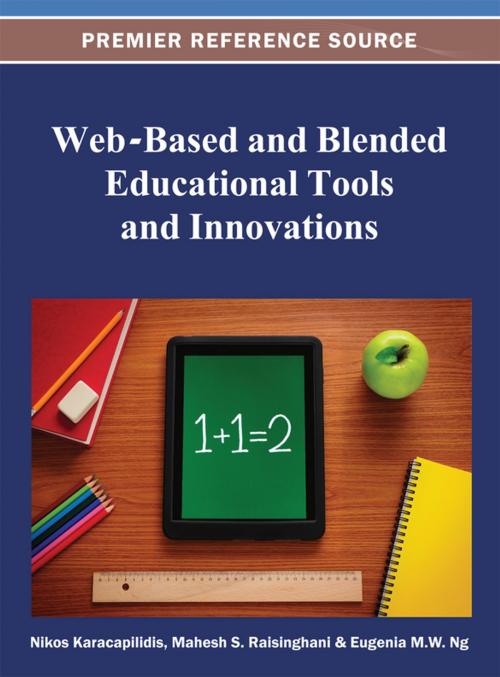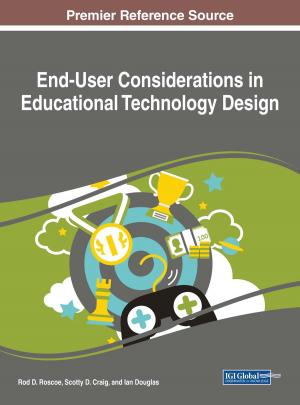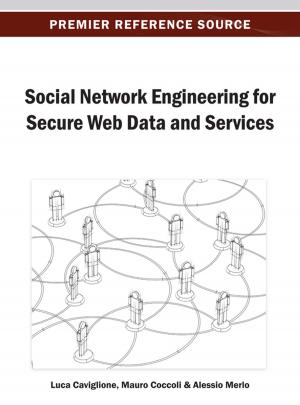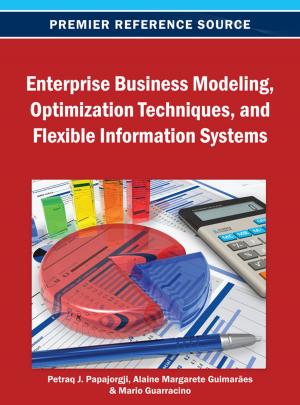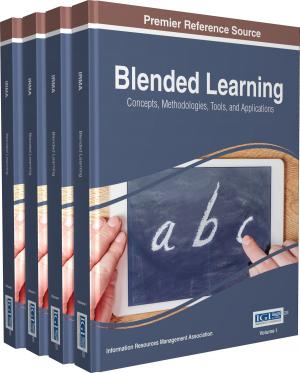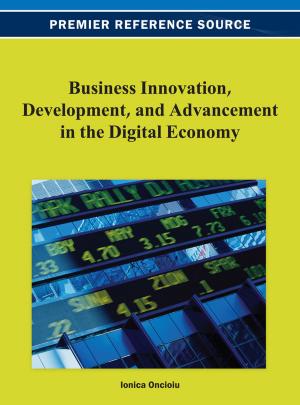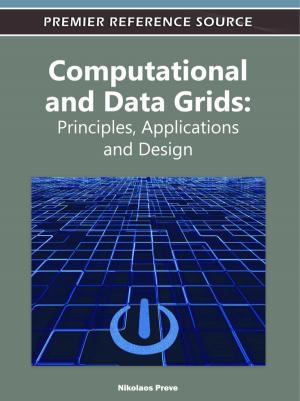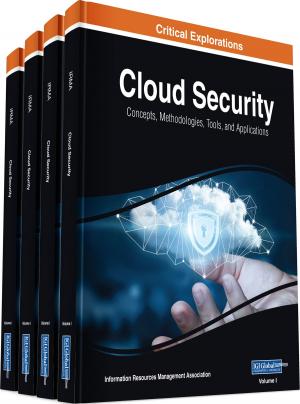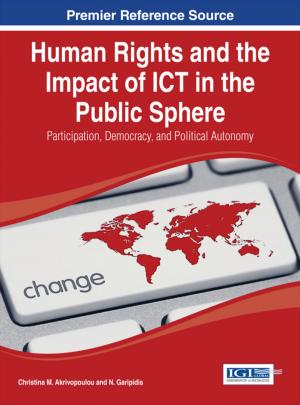Web-Based and Blended Educational Tools and Innovations
Nonfiction, Reference & Language, Education & Teaching, Teaching, Computers & Technology, Educational Theory| Author: | ISBN: | 9781466623774 | |
| Publisher: | IGI Global | Publication: | August 31, 2012 |
| Imprint: | Information Science Reference | Language: | English |
| Author: | |
| ISBN: | 9781466623774 |
| Publisher: | IGI Global |
| Publication: | August 31, 2012 |
| Imprint: | Information Science Reference |
| Language: | English |
The call to integrate web-based and blended tools into the classroom forces educators and researchers to rethink their assumptions about teaching—and education in general. Although a considerable amount of exploration has occurred in this field, the breadth and scope for dialogue and experimentation must be broadened. Web-Based and Blended Educational Tools and Innovations contributes to this search for better teaching methods by exploring the technical, social, cultural, organizational, human, cognitive, and commercial impact of technology in education. This volume outlines the impact of Web-based technology on the design, implementation, and evaluation of the learning and teaching process, as well as the development of new activities, relationships, skills, and competencies for the various actors that is implied in such processes.
The call to integrate web-based and blended tools into the classroom forces educators and researchers to rethink their assumptions about teaching—and education in general. Although a considerable amount of exploration has occurred in this field, the breadth and scope for dialogue and experimentation must be broadened. Web-Based and Blended Educational Tools and Innovations contributes to this search for better teaching methods by exploring the technical, social, cultural, organizational, human, cognitive, and commercial impact of technology in education. This volume outlines the impact of Web-based technology on the design, implementation, and evaluation of the learning and teaching process, as well as the development of new activities, relationships, skills, and competencies for the various actors that is implied in such processes.
